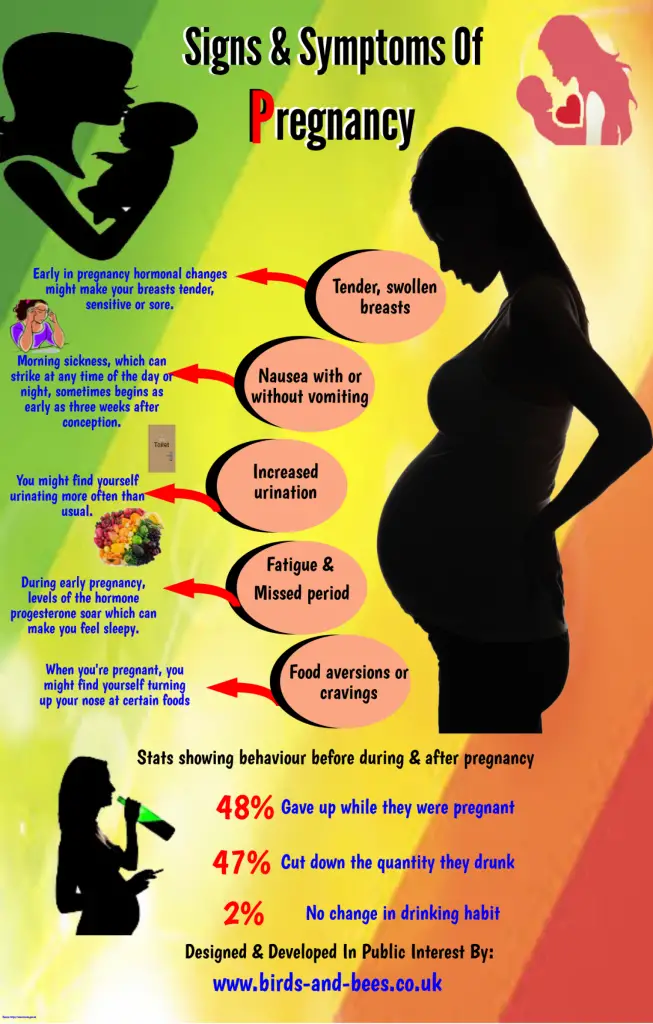How to help my child with dyslexia at home
How to Help a Child with Dyslexia at Home: Ideas, Resources
Dyslexia is a specific learning disability. This means it affects the abilities a person uses for learning, such as reading and writing. Particularly, dyslexia makes it difficult to match letters with the sounds of individual letters and combinations of letters. It’s not a vision disorder.
According to Shawna Newman, MD, a psychiatrist at Lenox Hill Hospital, approximately 10% to 15% of children have dyslexia. She adds that the condition is common and often undiagnosed, so the rates are likely even higher.
Usually, dyslexia is diagnosed when formal reading education begins. This typically occurs in the first grade, at about 6 years old.
Since dyslexia is not a disease, there’s no cure. But it’s possible to manage the condition with strategies that can be used throughout life.
If you have a child with dyslexia, you can play a major role in managing their condition. Here’s how you can help a child with dyslexia when they’re outside of school.
There are many things you can do to support your kid with dyslexia at home.
Read together
Read with your child every day. The activity will promote closeness and bonding, which will support your child’s ability to learn over time.
“This shared experience in learning encourages development and growth in tandem with improved reading skills,” Newman explains. It will also help children create a sense of security in learning while encouraging their own independent reading, she adds.
Focus on sight words
Sight words are words that are frequently used in writing and books. They’re called sight words because recognizing them on sight is essential for developing reading skills.
Examples include:
- is
- been
- the
- are
- could
For children with dyslexia, sight words can be difficult to recognize. But since the words appear so often, it’s important for them to learn these words.
As Newman explains, children can use sight words as building blocks to improve their fluency in reading. That’s why it’s essential to add sight words into your children’s learning program.
That’s why it’s essential to add sight words into your children’s learning program.
Repeat, repeat, repeat
Repeating and reviewing skills can help a child with dyslexia. This is often done in the form of repeated reading.
According to LD Online, repeated reading is a technique for children who have difficulty reading. It involves reading the same passage multiple times to improve reading fluency.
In a 2016 study, repeated reading increased reading fluency in children with reading disabilities. Similarly, a 2021 study found that repeated reading with music has a positive effect.
Create a nurturing space to study
“Providing a comfortable, supportive, and nonjudgmental atmosphere is most helpful for learning, especially for children with learning disorders,” Newman explains. This includes those who have dyslexia.
For parents and caregivers, this also involves practicing patience, as all children learn at their own pace, Newman says. In doing so, you’ll create an environment that allows your child to learn in a way that works best for them.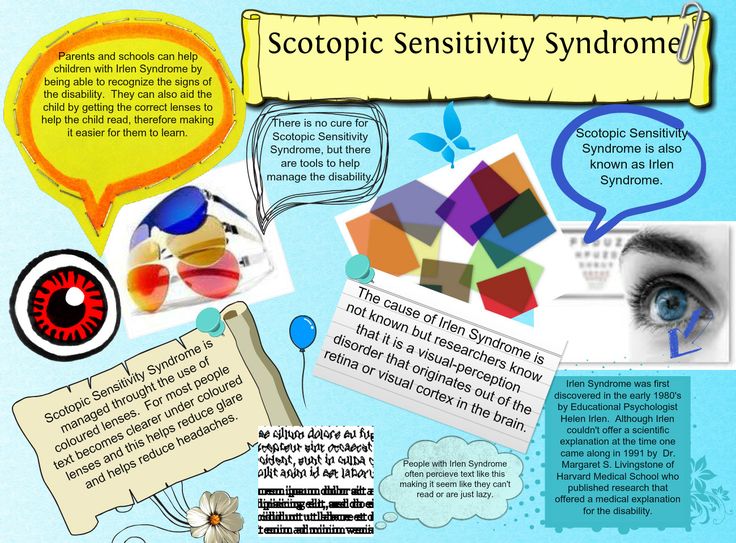
Create a calendar to help them track progress or tasks
Visual tools, such as a calendar, are an excellent option for tracking a child’s progress and tasks. According to Newman, this can help put both improvements and challenges into context. It can ultimately help them engage with their own learning.
“Utilizing a calendar provides visual clues, which can inform the child how to think about the process of their own learning,” Newman explains. This can be done by displaying tasks and activities related to learning on the calendar.
As Newman notes, when small learning achievements are visually expressed on a calendar, it can provide encouragement and celebration. Similarly, when difficulties are presented visually, it can help a child better understand what they need to work on.
Make sure they get enough sleep
“Sleep is a vital [factor] for healthy development and learning,” Newman says. However, “children with dyslexia are at a higher risk for sleep disorders.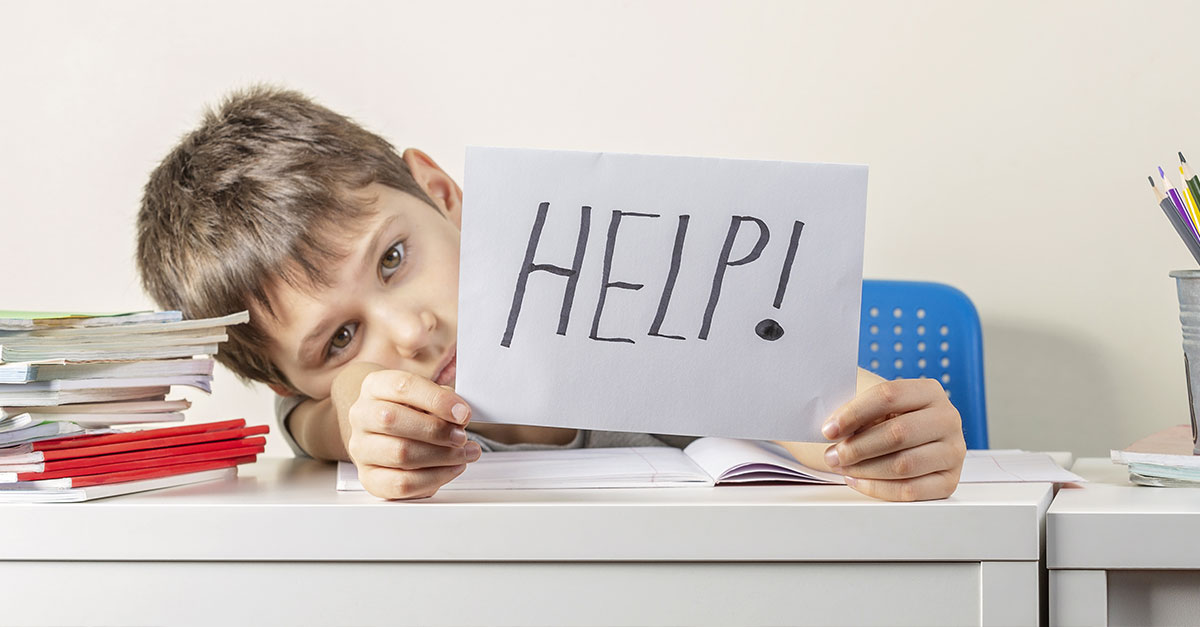 ” Examples include sleep latency or sleep apnea.
” Examples include sleep latency or sleep apnea.
But according to Newman, poor sleep can negatively affect learning processes. So it’s important to ensure they get enough rest.
This may be done by:
- establishing a sleep schedule
- creating an ideal environment for sleep
- limiting social media and electronics before bed
- developing a sleep routine
The ideal amount of sleep depends on the child’s age. According to Newman, children between 5 and 13 years old should get 9 to 12 hours of sleep every 24 hours. Teenagers between 13 and 18 years old need at least 8 to 10 hours of sleep.
Praise their success and effort
As Newman explains, reading difficulties caused by dyslexia can negatively affect a child’s confidence. For example, “a child’s sense of not measuring up to their peers [and being able] to perform as expected can be discouraging,” she says.
On the other hand, encouragement and praise can have a positive effect on your child’s learning. So instead of focusing on their struggles, call out their successes and effort whenever possible. Celebrate their achievements, no matter how small.
So instead of focusing on their struggles, call out their successes and effort whenever possible. Celebrate their achievements, no matter how small.
By highlighting positive aspects, you can encourage your child to keep moving forward. This will also boost your child’s confidence in their own learning.
Use mnemonic devices
A mnemonic device is a technique that helps you remember a piece of information. It’s also called a memory aid.
Examples include:
- spelling words in the form of songs
- letter or word imagery (like a letter “d” that looks like a dog)
- acronyms
- rhymes
According to a 2017 research review, mnemonic devices can enhance memory in children with dyslexia. It can also improve problem-solving skills and reasoning. Using mnemonic devices at home can help enhance their learning progress.
Find a tutor
During your child’s summer break, consider getting them a tutor. According to the International Dyslexia Association, this can help them catch up on certain skills and get ready for the next school year.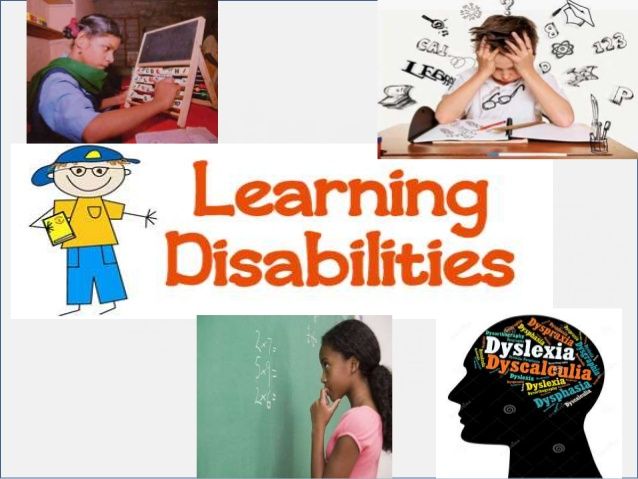
If possible, select a tutor who will communicate with your child’s teachers. This will ensure they are focusing on your child’s specific needs.
There are several reading programs for children with dyslexia. Some of the most successful ones include:
- Orton-Gillingham Approach: The Orton-Gillingham Approach is a widely used approach created specifically for people with dyslexia.
- Wilson Reading System: The Wilson Reading System includes one program for children from kindergarten to third grade and one for fourth grade and up.
- Lexia-Herman Method: The Lexia-Herman Method has programs for early reading, primary reading, and older students.
The symptoms of dyslexia are different for everyone. It also depends on age.
Yet there are some common characteristics. These include:
- difficulty learning common nursery rhymes or songs
- trouble recognizing rhyming patterns, like “cat” and “bat”
- mispronouncing common words
- difficulty recognizing their own name
- reading slowly
- avoiding reading out loud in any situation
- pausing often while speaking
- using vague language
- confusing similar-sounding words or names
If you notice your child has difficulty learning, visit their pediatrician. They can do a preliminary checkup.
They can do a preliminary checkup.
Depending on your child’s symptoms, their pediatrician might have you visit the following experts:
- child psychiatrist
- school psychologist or counselor
- speech-language pathologist
These professionals can perform an evaluation and diagnose learning disorders.
Diagnosing dyslexia involves several steps.
Typically, your child will likely be screened for hearing and vision problems first. If they have no hearing or vision concerns, you’ll need to visit a mental health expert.
A mental health expert can use various tests to diagnose dyslexia. These are designed to evaluate certain skills, such as:
- oral language
- reading
- spelling
- writing
Your specialist will choose the most appropriate tests for your child’s symptoms.
First, it’s important for a child with dyslexia to know about their condition. This will help them understand why they have reading difficulties, which can be empowering and relieving.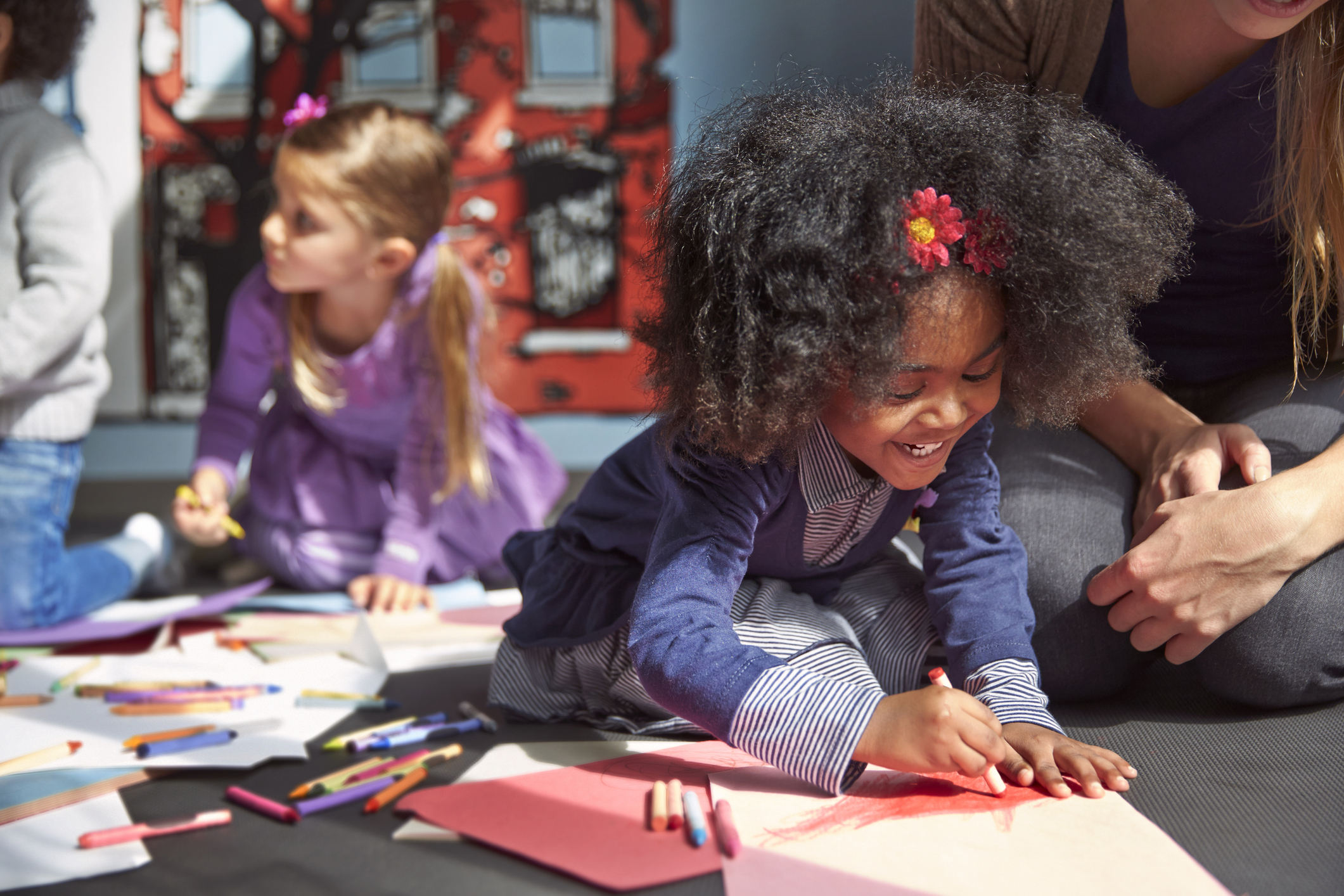 Explain that their mind simply works in a different way.
Explain that their mind simply works in a different way.
During these discussions, be positive. Focus on their achievements so far, rather than their learning delays. Let them know that there are people who care and are ready to help.
It’s also important to avoid treating reading difficulties as “abnormal” or “bad.” Instead, Newman says to “focus on the pleasure, information, and independence that reading and learning brings.”
Additionally, if you’re the parent or caregiver and have also experienced reading difficulties, let your child know. As Newman explains, gently communicating your own challenges with reading can help kids see that they’re not alone.
Dyslexia is often diagnosed in early childhood when reading education begins. With proper support and condition management, it’s possible for a child with dyslexia to thrive.
Caregivers can provide support by creating a nurturing space for learning and tracking progress on a calendar.
Other techniques include reading together, repetition, mnemonic devices, praise, and focusing on sight words.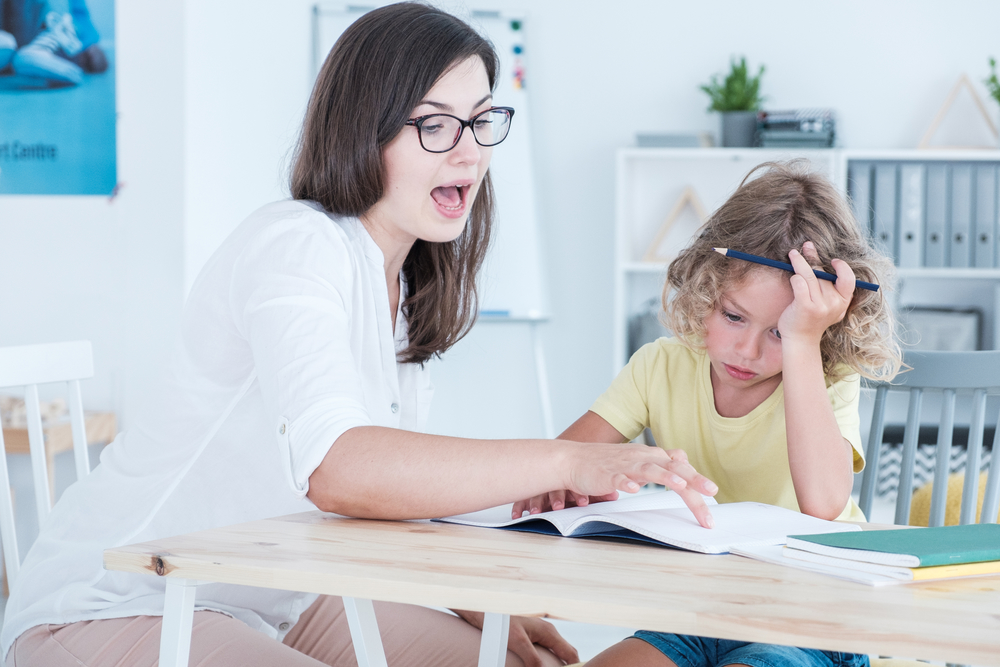 It’s also helpful for children with dyslexia to get enough sleep and work with a tutor.
It’s also helpful for children with dyslexia to get enough sleep and work with a tutor.
If you think your child has dyslexia, visit a mental health professional. They can evaluate your child and help guide your child’s learning journey.
Understanding Dyslexia and How to Help Kids Who Have It
Children each learn and develop at their own pace, and reading is no different from other skill building. It’s common for kids to find reading challenging at one point or another. But if learning to read becomes an ongoing struggle that leaves a child falling behind their peers, it’s possible that they have a learning disorder known as dyslexia.
What is dyslexia?Dyslexia is most commonly associated with trouble learning to read. It affects a child’s ability to recognize and manipulate the sounds in language. Kids with dyslexia have a hard time decoding new words, or breaking them down into manageable chunks they can then sound out.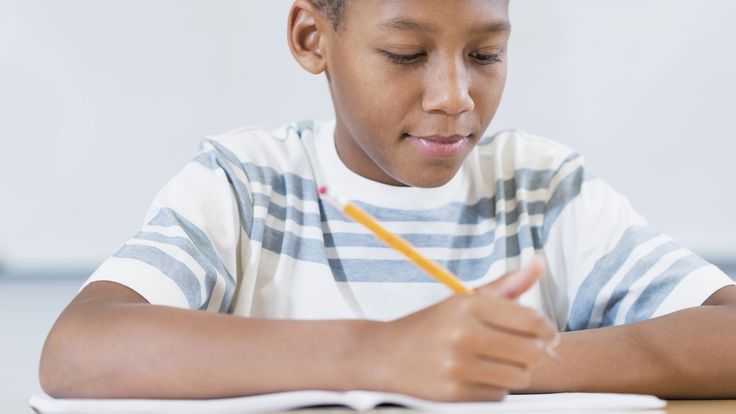 This causes difficulty with reading, writing and spelling. They may compensate by memorizing words, but they’ll have trouble recognizing new words and may be slow in retrieving even familiar ones.
This causes difficulty with reading, writing and spelling. They may compensate by memorizing words, but they’ll have trouble recognizing new words and may be slow in retrieving even familiar ones.
Dyslexia is not a reflection of a child’s intelligence — in fact it’s defined as a gap between a student’s ability and achievement. Some youngsters with dyslexia are able to keep up with their peers with extra effort at least for the first few grades. But by the third grade or so, when they need to be able to read quickly and fluently in order to keep up with their work, they run into trouble.
With help and strategies for compensating for their weakness in decoding, students with dyslexia can learn to read and thrive academically. But dyslexia is not something one grows out of.
How common is dyslexia?
It is estimated that as many as one in five kids has dyslexia, and that 80 to 90 percent of kids with learning disorders have it. Sally Shaywitz, MD, co-director of the Yale Center for Dyslexia and Creativity, notes that many children go undiagnosed as struggles in school are incorrectly attributed to intelligence, level of effort or environmental factors.
Although experts used to say that dyslexia occurred more often in boys than in girls, current research indicates that it affects boys and girls equally.
A young person with dyslexia may:
- Struggle with learning even simple rhymes
- Have a speech delay
- Have trouble following directions
- Repeat or omit short words such as and, the, but
- Find it difficult to tell left from right
In school, children with dyslexia are likely to:
- Have difficulty sounding out new words
- Lack fluency compared to other children their age
- Reverse letters and numbers when reading (read saw as was, for example)
- Find it difficult to take notes and copy down words from the board
- Struggle with rhyming, associating sounds with letters, and sequencing and ordering sounds
- Stumble and have difficulty spelling even common words; frequently they will spell them phonetically (hrbr instead of harbor)
- Avoid being called on to read out loud in front of classmates
- Become tired or frustrated from reading
Dyslexia affects children outside of school as well. Kids with dyslexia may also:
Kids with dyslexia may also:
- Find it difficult to decode logos and signs
- Struggle when trying to learn the rules to games
- Have difficulty keeping track of multi-step directions
- Struggle with getting the hang of telling time
- Find it especially challenging to learn another language
- Become incredibly frustrated, which can effect their mood and emotional stability
Dyslexia affects a lot more than reading — it can also impact a child socially. “A dyslexic person who has word-finding difficulties can have trouble with their expressive language,” says Scott Bezsylko, the executive director of Winston Preparatory School, which specializes in teaching kids with learning disorders. “That has a social impact, in addition to your difficulties with reading and writing, that make you feel not so good about yourself.”
Kids with dyslexia — particularly those who have yet to be diagnosed — often suffer from low self-esteem because they worry that there is something wrong with them, and are often accused of not trying hard enough to learn to read. “A lot of our work with dyslexic kids is to help them rediscover that they are smart and capable,” notes Beszylko, “because they’ve stopped believing in themselves.”
“A lot of our work with dyslexic kids is to help them rediscover that they are smart and capable,” notes Beszylko, “because they’ve stopped believing in themselves.”
How is dyslexia diagnosed?
If your child isn’t meeting expectations for reading, as parents you can ask the school district to perform an evaluation and share the results with you. The evaluation will test your child’s intellectual capacity and reading skills, to see if there is an achievement gap. It should also rule out other potential causes like environmental factors or hearing impairment.
The school should then make recommendations on how they can support your child and maximize her learning.
If you are unhappy with the quality of the evaluation, you can also secure a private evaluation by a psychologist, a neuropsychologist, a reading specialist, a speech and language therapist, an educational evaluator or a school psychologist. This external evaluation can also be used to advocate for your child and get the accommodations and services she might need.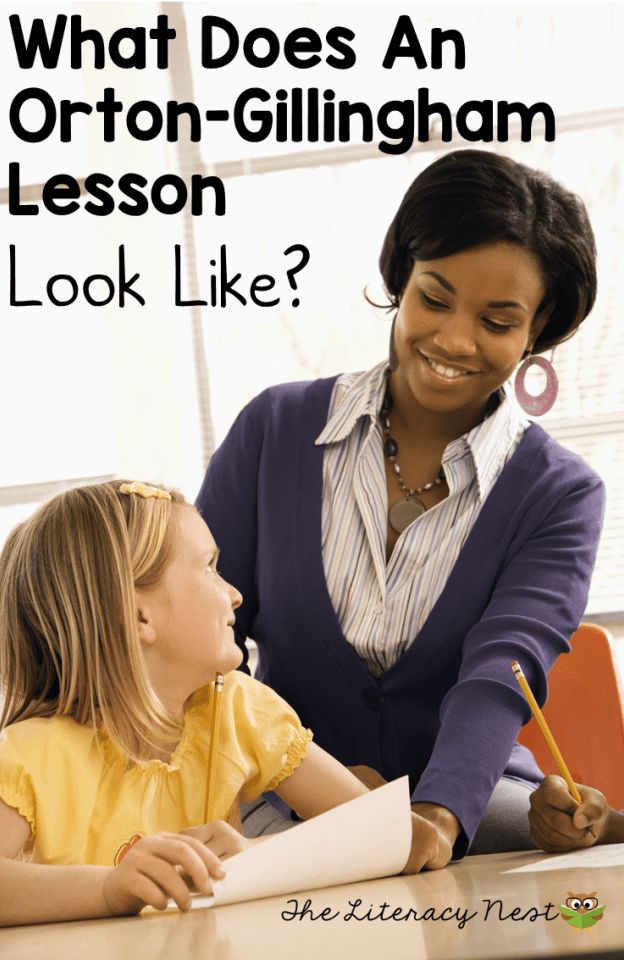
When should a child be evaluated?
Dyslexia can begin to reveal itself at a young age, and there are preschool evaluations that look at the child’s awareness of the sounds that make up words, and ability at word retrieval. However, Matthew Cruger, PhD, a clinical neuropsychologist at the Child Mind Institute, suggests waiting until kids are at least six years old and have had some formal instruction in reading to seek out a formal evaluation.
But Dr. Shaywitz notes that as soon as a gap between intelligence and reading skills is apparent — and evidence shows it can be seen in first grade — it’s a good idea to get help. Schools sometimes encourage parents to wait until the third grade to see if their child truly needs an intervention, but Dr. Shaywitz argues that the earlier intervention is important not only to help kids catch up but to boost their fragile self-image, which is damaged by continuing struggle in school and comparisons with peers.
How to help kids with dyslexia
A dyslexia diagnosis does not mean your child will never learn to read.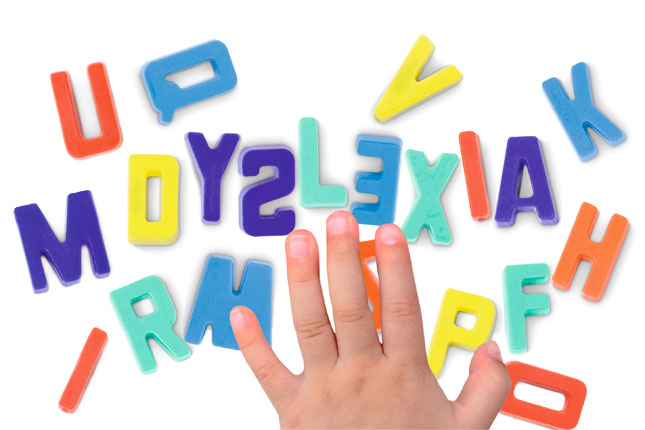 Dr. Cruger says there are a number of programs that can help, which might include these features:
Dr. Cruger says there are a number of programs that can help, which might include these features:
- Multi-sensory instruction in decoding skills
- Repetition and review of skills
- Intensity of intervention — that is, more than being pulled out of class once a week for extra help
- Small group or individual instruction
- Teaching decoding skills
- Drilling sight words
- Teaching comprehension strategies, to help kids derive meaning from what they’re reading
Reading programs that been shown to help kids with dyslexia include:
- The Wilson Method
- The Orton-Gillingham Approach
- Preventing Academic Failure (PAF)
- The Lindamood-Bell Program
- RAVE-O
Dr. Cruger points out that traditional tutoring may actually be counter-productive for a child with dyslexia, particularly if it is not a positive experience. “If the child hates the experience of reading help, it’s not helpful,” Dr. Cruger notes.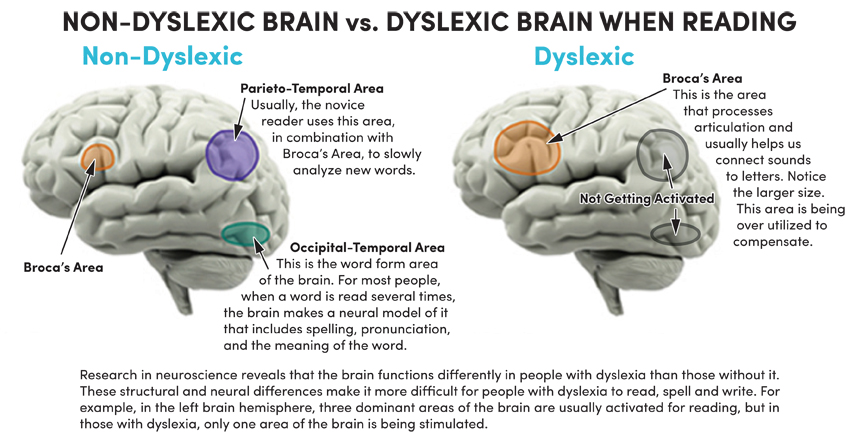 “And it’s not treating the source of the problem, the decoding weakness.”
“And it’s not treating the source of the problem, the decoding weakness.”
Instead, Dr. Cruger emphasizes that one of the most important ways to help kids with dyslexia is to make them more comfortable reading. This can be done in part by celebrating even small victories and accomplishments, while focusing less on correcting their errors.
Accommodations for kids with dyslexia
Kids with demonstrated dyslexia are eligible for accommodations in school. “Dyslexia robs a person of time,” Dr. Shaywitz explains, “and accommodations give the time back to her.” Accommodations may include:
- Extra time on tests
- A quiet space to work
- The option to record lectures
- The option to give verbal, rather than written, answers (when appropriate)
- Elimination of oral reading in class
- Exemption from foreign language learning
Other ways to support a child with dyslexia
One of the best ways to support a child with dyslexia — or any child who is struggling — is to encourage those activities that they like and feel good at, whether it is music, joining a sports team or anything else that helps build her confidence.
To help reinforce that dyslexia is not a marker of intelligence, it can also be helpful to talk about successful people — like Whoopi Goldberg and Steven Spielberg — who have also been diagnosed with dyslexia.
Other things that may help your child with dyslexia include:
- Listening to audio books as an alternative to reading
- Typing on a computer or tablet instead of writing
- Apps that can make learning fun by turning decoding into a game
- Using a ruler to help kids read in a straight line, which can help keep them focused
Emotional support
Dyslexia can result in frustration, embarrassment, avoidance and low self-esteem as a result of difficulties performing tasks that seem to come naturally to others. Demystifying the learning disorder with your child can help him develop the tools — and resilience — necessary to manage it, both in school and in social circumstances. Some things you can do to help include:
- Discuss the specific challenges that result from dyslexia: “You know how you have a hard time reading signs or copying notes from the board? That’s dyslexia.
 ”
” - Acknowledge their effort and celebrate hard work, even if there are still mistakes: “I know how difficult that reading homework was. I am so proud of how hard you tried.”
- Help them recognize their strengths: “You showed such great sportsmanship and teamwork in the soccer game the other night, and that was a great goal you scored!”
- Combat negative self-talk: If your child starts saying things like, “I’m just stupid,” don’t ignore it. Instead, check out these ideas for helping kids who are too hard on themselves.
Video Resources for Kids
Teach your kids mental health skills with video resources from The California Healthy Minds, Thriving Kids Project.
Start Watching
Frequently Asked Questions
How does dyslexia work?Dyslexia works by causing difficulty recognizing and processing the sounds in language. Kids with dyslexia might reverse letters, like reading pot as top, have trouble sounding out new words, and struggle to recognize words they know.
Dyslexia is the most common learning disorder. Dyslexia affects as many as one in five children.
What helps students with dyslexia?Systematic phonics instruction helps students with dyslexia learn to read. It’s also helpful for students with dyslexia to build confidence through small successes and positive experiences with reading.
What are the signs of dyslexia?Signs of dyslexia include talking later than other children, trouble learning simple rhymes, struggling to follow directions, or having difficulty learning left and right. In school, signs of dyslexia include struggling with reading, writing, spelling, and languages.
How to help a child with dyslexia at home
A child with dyslexia needs help not only at school, but also at home. If professionals do it at school, then the rest of the time the responsibility lies with the parents. We talk about simple ways to help that parents can adopt.
5 minutes 4814 Ivanov Roman
Content0019
First of all, parents should remember that they are capable of many things.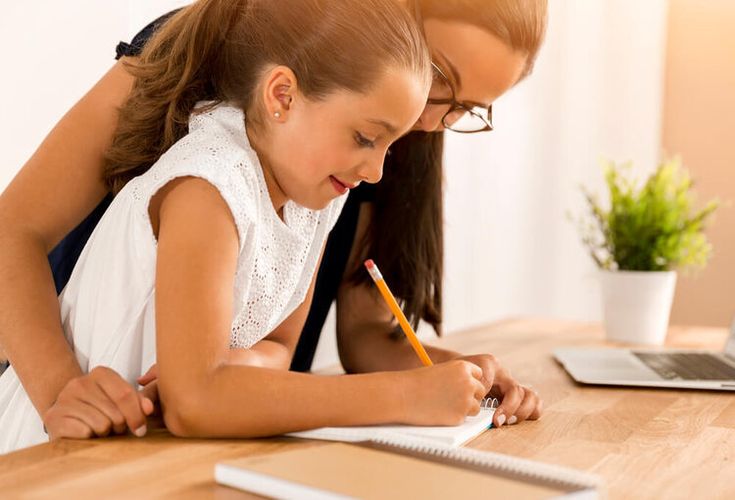 They are also professionals in their field - they know the characteristics of the child more than anyone else, and they can provide support and speak about love better than others. Half of the success with dyslexia is an adequate self-esteem of the child, faith in one's own strengths. To cope with the other half, that is, the necessary skills, parents need to learn more about how to better organize the learning process. It is better to check this knowledge with a psychologist who constantly deals with the child.
They are also professionals in their field - they know the characteristics of the child more than anyone else, and they can provide support and speak about love better than others. Half of the success with dyslexia is an adequate self-esteem of the child, faith in one's own strengths. To cope with the other half, that is, the necessary skills, parents need to learn more about how to better organize the learning process. It is better to check this knowledge with a psychologist who constantly deals with the child.
How to help your child improve skills
Read
Make reading one of your favorite activities. Read for yourself so that the child takes an example from you. Read together to not only hone the skill, but also to get pleasant impressions. Start by reading aloud - first you, then the child, then you again. If it doesn’t work, connect audiobooks - let the child read along with the announcer. Do not be afraid to start with comics if your child likes them - there is less text and more favorite characters, which means more motivation.
NB : If your child often gets confused while reading, offer them a ruler. The child should put it under each line - this will help to concentrate.
Include play in learning
With play, lessons become easier, more emotions appear. Games are good to use for memory training: you can compose poems and songs to remember the daily routine or places for things and toys. Word games, for example, "Cities", "Contact", also train memory and develop speech.
Use multi-sensory experiences
Research shows that children with dyslexia need to use as many senses as possible to learn. For example, you can cut letters out of sandpaper. The child will not only see them, but run his finger over each letter and remember them better. You can also teach writing - write words not on paper, but with your finger in the sand, shaving cream, or even in the air.
Help organize the day
Discuss the daily routine with your child, compose it and hang it in a prominent place.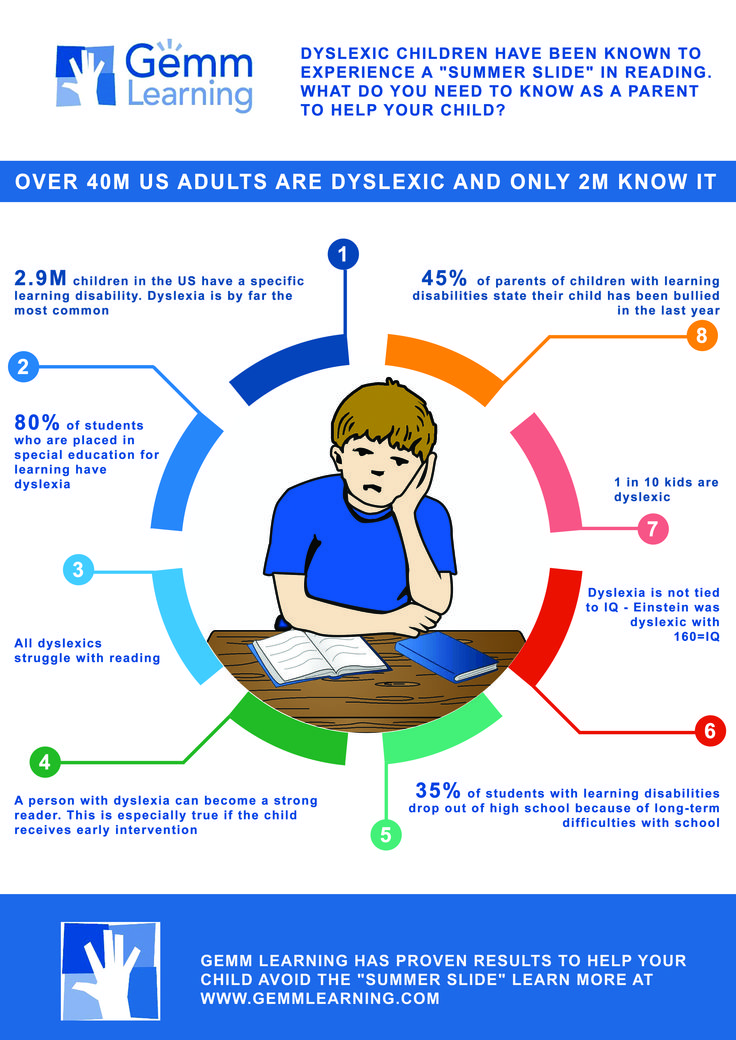 It is better to color the hours of lessons and sessions with a psychologist so that they can be seen at a glance. Also help get ready for school - pack your backpack and other school things in the evening and put them to the door.
It is better to color the hours of lessons and sessions with a psychologist so that they can be seen at a glance. Also help get ready for school - pack your backpack and other school things in the evening and put them to the door.
NB : Another way to teach discipline is to agree on which shelf you will put your things for class, and always put them there immediately after class.
How to help your child with self-esteem
Support your child
Celebrate successes, even if they are small. Each page read is a reason for praise, and each book is for great joy. First of all, praise for achievements in your favorite things, sports, creativity. The child should be aware of his strengths - help him in this.
Learn how to deal with stress
Practice on yourself first. Notice what happens to you when you are tired - become short-tempered, absent-minded or anxious. Tell your child about this and ask him to observe himself. As your child becomes aware of his own states of stress, teach him relaxation techniques such as deep breathing.
Talk about what dyslexia is and how to live with it
The child has the right to know what is happening to him. Tell him about dyslexia in simple terms, explain that it is not his fault, that you will deal with it together.
Read biographies of famous people with dyslexia: Einstein, Whoopi Goldberg, Jackie Chan, Orlando Bloom, Salma Hayek. Explain that this did not prevent them from revealing their strengths, focusing on their talent.
Do's and Don'ts when communicating with a child with dyslexia
Compare with other children, even children with dyslexia
On the contrary, emphasize that everyone has their own strengths and weaknesses, their own pace of work, temperament and other characteristics. If the child doubts himself, make lists of strengths. For example, draw him in full growth and together with your child think about what is special and good about each part of his body.
Get angry if the child loses things, is late and cannot remember something
More precisely, you have every right to be angry.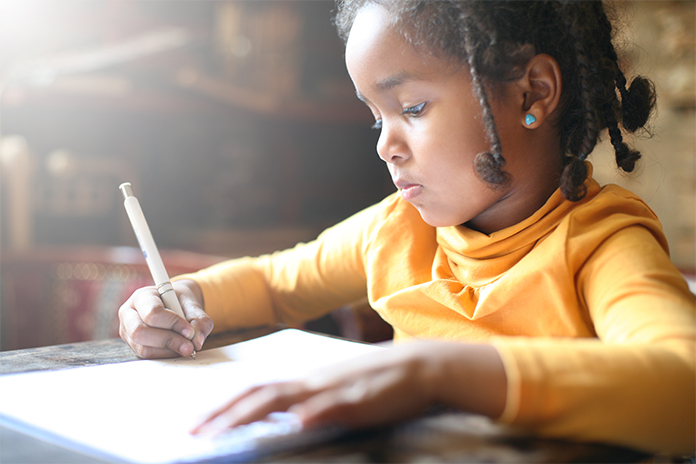 But try not to show it to your child. Gradually, you will get used to and will relate to being late more easily. But the child can remember your negative attitude even the first time.
But try not to show it to your child. Gradually, you will get used to and will relate to being late more easily. But the child can remember your negative attitude even the first time.
Trying harder than necessary
Sometimes, and maybe often, the studies will not lead to success. It's not about motivation, it's about lack of skills. Children with dyslexia want to learn to read and write. But they need a lot more time, conditions and love.
Diagnostics and correction of dyslexia in the Neuroflex center
Dyslexia. How to deal with reading and writing disorders
The attitude towards people with dyslexia in society is ambiguous: someone considers it a sign of insufficient mental development, while others, on the contrary, are sure that these are almost symptoms of genius. An adequate approach to the problem can make life easier for dyslexics. The correspondent of Lucky Child talked about this topical problem and the nuances of its detection at an early age with one of the most qualified specialists in the Russian Federation - the author of the book “Brain Dyslexia.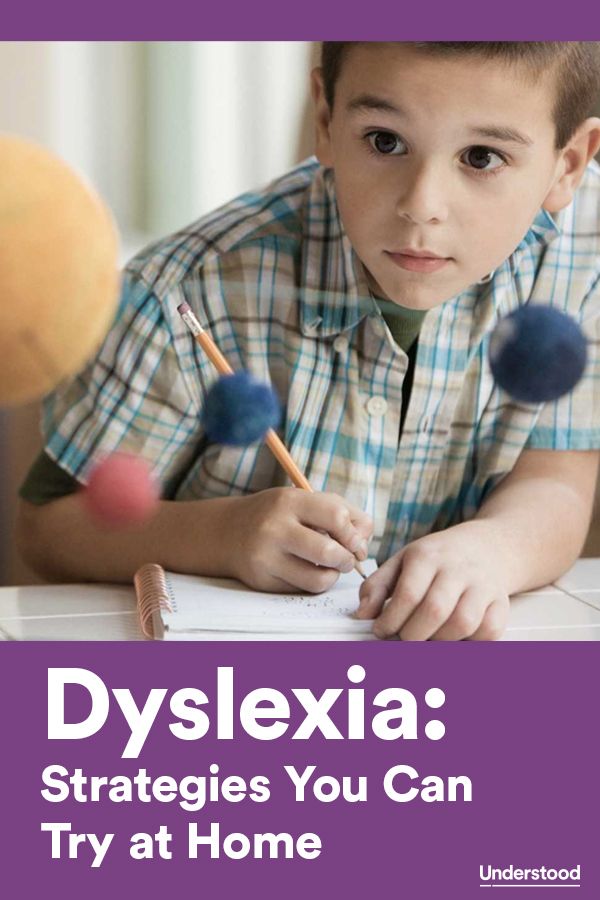 Beyond the Known, Tatyana Goguadze, head of the Dyslexia Center in Moscow.
Beyond the Known, Tatyana Goguadze, head of the Dyslexia Center in Moscow.
Relevant and useful information for modern parents - in our mailing list.
We already have over 50,000 subscribers!
– Tatyana Valerievna, please tell us how long have you been specializing in dyslexia?
- I encountered the problem of dyslexia in the first year of my teaching experience, in 1989, when I, as a young specialist, was given a correction class to work. Even then, I realized that the classical education system for children with specific errors is extremely ineffective. In my first remedial class, there were 12 students who, at the age of 7, they were identified as unteachable. Working in this class with a personal message to help children overcome learning difficulties, I saw that the system of addressing psychology is more effective than the teaching method itself. As a teacher, it was important for me to show the child that he can do it, you just need to make an effort, and the fact that learning is difficult is normal. That's how you learn - overcoming difficulties. Therefore, the children of my correctional class successfully entered the general education system. Working with these children inspired me to further develop in this area. And I received a second higher education in defectology - at the Department of Oligophrenopedagogy and Speech Therapy of the Moscow State Pedagogical University named after Sholokhov.
That's how you learn - overcoming difficulties. Therefore, the children of my correctional class successfully entered the general education system. Working with these children inspired me to further develop in this area. And I received a second higher education in defectology - at the Department of Oligophrenopedagogy and Speech Therapy of the Moscow State Pedagogical University named after Sholokhov.
It turns out that 2019 is the anniversary year of my specialization in dyslexia: 30 years of teaching experience and 20 years of scientific work in the field of dyslexia and understanding the intellectual potential of a child with developmental dyslexia. In 2002, the information and educational portal dyslexia.ru was opened to publish my new knowledge about this problem. More than 300 people every day receive informational help and support on this portal. Since 2002, the number of unique users of my Internet portal has already amounted to about 725,000 people.
– Where are the specialists dealing with this problem trained?
– In Russia, there are no state colleges, universities, faculties, departments that would train specialists to work with dyslexic children.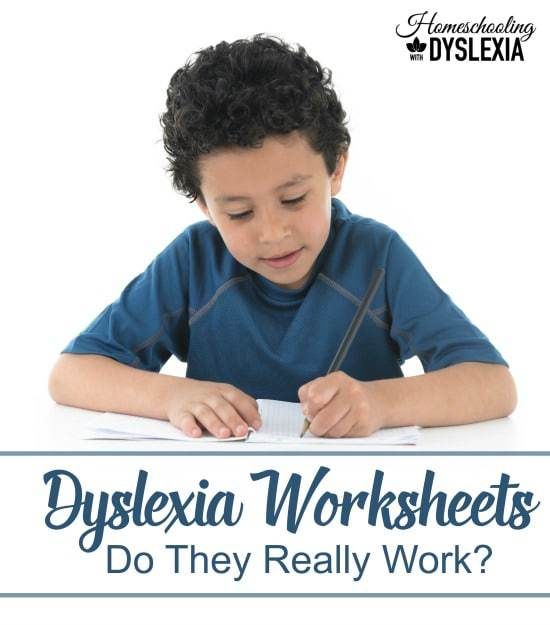 We have only started talking about dyslexia, but it is sad that at the present stage of the development of science, the main focus of the consideration of the problem is still, like 100 years ago, focused on mistakes. My professional development courses are specifically designed for educators who are ready to help the child and his family. I have been teaching these courses since 2016. The training was completed by 11 teachers, of whom four are working actively and very successfully, demonstrating their work in social networks.
We have only started talking about dyslexia, but it is sad that at the present stage of the development of science, the main focus of the consideration of the problem is still, like 100 years ago, focused on mistakes. My professional development courses are specifically designed for educators who are ready to help the child and his family. I have been teaching these courses since 2016. The training was completed by 11 teachers, of whom four are working actively and very successfully, demonstrating their work in social networks.
In order for a system of state assistance to such children to appear in Russia, it is necessary to lobby for changes in legislation, to achieve the appearance in educational institutions of departments that would teach the methodology and principles of working with children diagnosed with developmental dyslexia. But even for this, parents need to fight the practice of sending children to special institutions, correctional classes, because this does not solve the problems of improving the quality of education for dyslexic students.
lucky-child.com/catalog/
How common are people with dyslexia?
– During my long-term practice of studying this issue, I very often met carriers of dyslexia who did not experience problems in reading and writing. My research and independent database confirms that among people with brain dyslexia, up to 60% of those who do not have problems with reading and writing literacy. Since I work with appeals, my statistics are not general, but of those people who asked for help for their child. In Russia, there are no statistics on dyslexia, there are no uniform diagnostic criteria, and the results of correction are extremely low.
At what age is it realistic to recognize dyslexia in a child? Is it possible to do this at home?
- At the present stage of development of science, dyslexia can be recognized as early as 3 years. In my practice, there were such early requests from parents to identify the dyslexic nature of the child. This makes me very happy, because the parents are sincerely grateful for the recommendations that they receive as a result of a comprehensive biometric study.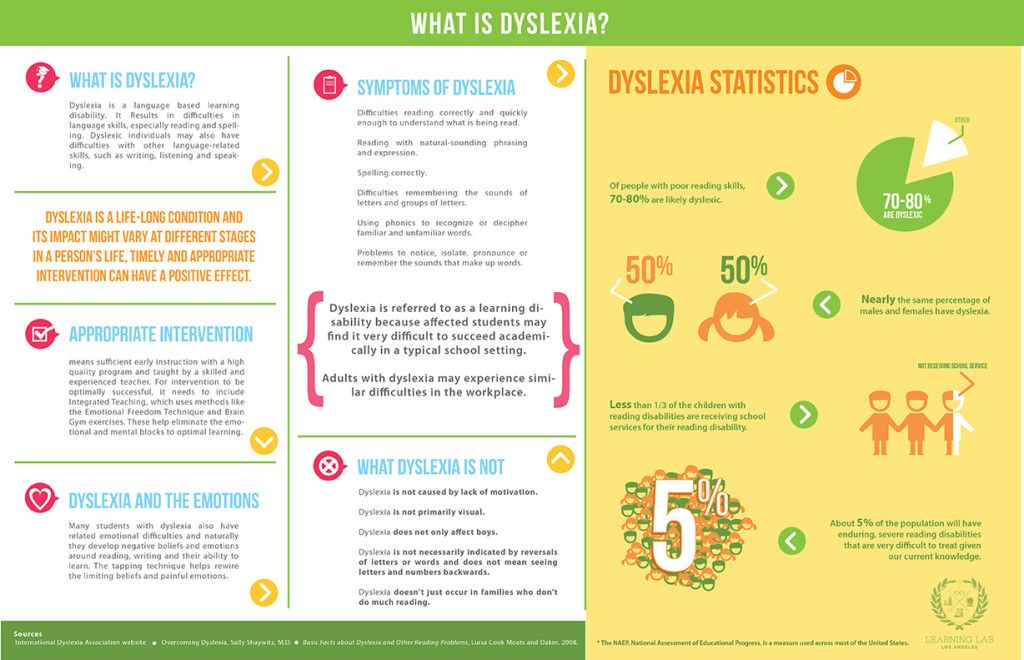 My observations show that it is important for parents to know whether a child has dyslexia or not, because depending on this there will be completely different predictions for learning.
My observations show that it is important for parents to know whether a child has dyslexia or not, because depending on this there will be completely different predictions for learning.
Dyslexia cannot be diagnosed at home. This is incorrect, first of all, in relation to a child who suffers, suffers, while trying very hard, but he does not succeed. If the diagnosis was carried out unprofessionally, and based on the analysis of errors, a conclusion is made about dyslexia, then this only leads to a deterioration in the situation both in the child’s learning and in his psycho-emotional state.
It should be noted that dyslexia can only be detected by examining the genotype according to the patterns of 10 fingers. This is a serious expert study that I have been using in my teaching practice since 2012. Why did I choose this method? Because earlier, when determining dyslexia and dysgraphia, I focused on the presence of specific errors in reading and writing and on the description of pedagogical problems in teaching a child, teenager, adult. But let me answer honestly: such a diagnosis did not provide an effective correction, it was long, uncomfortable for the child, and the result turned out to be minimal compared to the efforts that were expended. The result was unstable and extremely unstable. Therefore, as an educator with research aspirations, I was looking for new ways in diagnostics that would provide more specific ways to solve problems for both the teacher and the parents of the child.
But let me answer honestly: such a diagnosis did not provide an effective correction, it was long, uncomfortable for the child, and the result turned out to be minimal compared to the efforts that were expended. The result was unstable and extremely unstable. Therefore, as an educator with research aspirations, I was looking for new ways in diagnostics that would provide more specific ways to solve problems for both the teacher and the parents of the child.
It is now a pernicious practice to label anyone who writes illiterate, makes specific reading errors, and has a poor memory a diagnosis of dyslexia. Because the classics of speech therapy still teaches that a sign of dyslexia, dysgraphia is the presence of specific errors in reading and writing. Few of the teachers, speech therapists and parents see motor difficulties in writing behind the mistakes in the child's notebooks. In my diagnostics, I very often clearly show parents that a child who finds it difficult, difficult and painful to write is no longer able to control his mistakes in writing. He thinks not about what he writes, but about how to write to him so that at least something appears in the notebook. I define it as a distorted attention of adults to the process of writing, and not to the psychology of the child. It is motor difficulties that provoke in him a complete disregard for error control, and therefore we see a lot of errors in writing. With reading, everything is by analogy: a child with a weak articulatory apparatus experiences the same motor difficulties when switching from one sound to another. He may see the text normally, but due to motor difficulties in pronunciation, there are multiple errors, permutations, omissions, guessing reading. All this is attributed to signs of dyslexia, and the child may simply have difficulty switching the articulatory apparatus.
He thinks not about what he writes, but about how to write to him so that at least something appears in the notebook. I define it as a distorted attention of adults to the process of writing, and not to the psychology of the child. It is motor difficulties that provoke in him a complete disregard for error control, and therefore we see a lot of errors in writing. With reading, everything is by analogy: a child with a weak articulatory apparatus experiences the same motor difficulties when switching from one sound to another. He may see the text normally, but due to motor difficulties in pronunciation, there are multiple errors, permutations, omissions, guessing reading. All this is attributed to signs of dyslexia, and the child may simply have difficulty switching the articulatory apparatus.
lucky-child.com/catalog/
- Do you think it is possible to teach children with dyslexia in a regular secondary school?
– Teaching children with developmental dyslexia in general education schools is not only possible, but necessary, because everyone notes, and science recognizes that dyslexic children do not have problems with intelligence.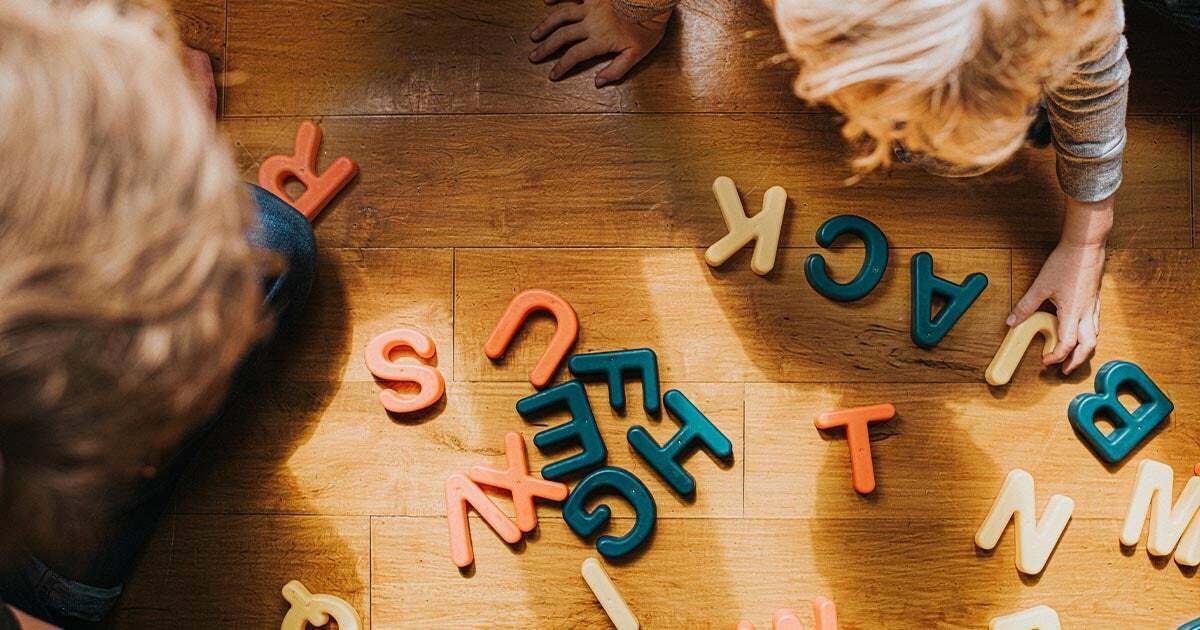 These are learners, and the reading and writing difficulties they experience can be successfully overcome. It’s just that diagnostics should be professional in the early stages, for example, at 5 years old. During this period, the dyslexic nature of the child is already clearly manifested, learning difficulties are already noted, and it is during this age period that the correction is super effective.
These are learners, and the reading and writing difficulties they experience can be successfully overcome. It’s just that diagnostics should be professional in the early stages, for example, at 5 years old. During this period, the dyslexic nature of the child is already clearly manifested, learning difficulties are already noted, and it is during this age period that the correction is super effective.
- I saw a list of many famous people who are dyslexic. How did they achieve success in life, having serious problems with mastering the skills of reading and writing?
- In my teaching practice, I use the stories of famous people - such as Keira Knightley, Carol Griden, Princess Victoria, Richard Branson. They have been successful in life because, as children, their parents taught them how to overcome school difficulties in reading and writing. Overcoming difficulties tempers character, forms in a child those character traits that will allow him to succeed in life, therefore it is very important for schoolchildren who encounter learning difficulties to focus on what they can, cope with difficulties.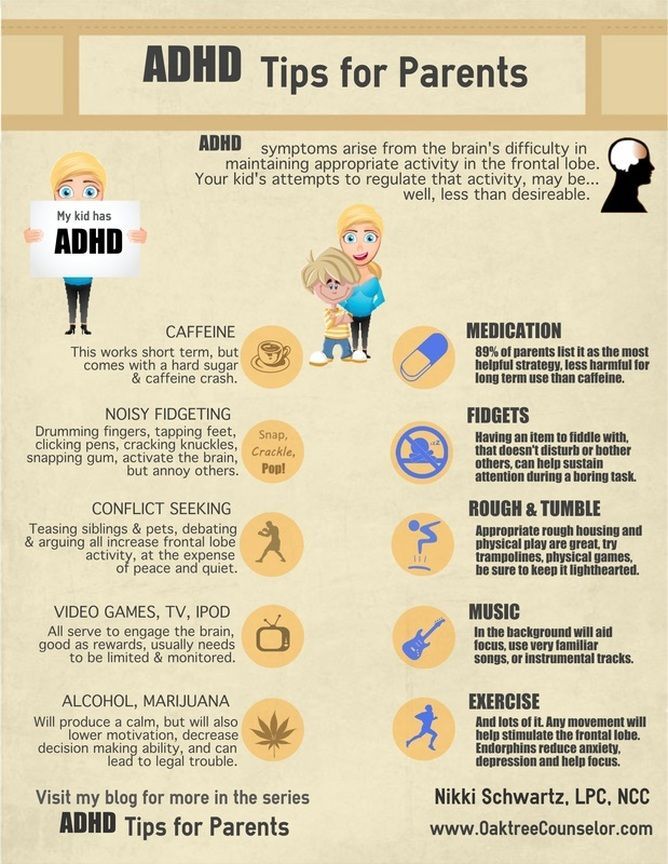
What are the main causes of dyslexia in humans?
- The first and main reason for the manifestation of dyslexia is a mismatch in the work of the cerebral hemispheres. Since both hemispheres of the brain are equally active in developmental dyslexia, there is no clear dominance in the work of the hemispheres, mismatch often occurs. Therefore, letters dance, lines jump, and it is difficult to keep a linear sequence of letters, words in reading and writing.
The next reason for the manifestation of dyslexia is teaching methods that do not take into account such brain work in dyslexia and the psychology of a student with developmental dyslexia, which provokes learning difficulties. Classical teaching methods: strictness, tight control, high demands and complete disregard for the emotional state of the child in the educational process - all this provokes difficulties. With developmental dyslexia, the emotional factor in learning is very pronounced. With a positive attitude, the child always performs tasks better, reads, makes fewer mistakes, but as soon as negative emotions prevail, the number of errors increases sharply, and the readability of handwriting deteriorates.
From this follows the third reason why dyslexia manifests itself - this is the lack of special methods of education. The emotional state of the child must be taken into account, but not be led by these emotions. Very often, parents come with a complaint that children manipulate them precisely through mood, through emotions. They feel sorry for their children, but it turns out that in these cases it is necessary to apply special methods of education and switch the child to more constructive behavior. A very important nuance in raising a dyslexic is not to force him to do something, but to inspire him, to captivate him with educational tasks, to show how great it is to overcome the weaknesses of his own body, to achieve better performance. This skill of education and inspiration for study needs to be learned by both parents and teachers.
- What method do you follow in the fight against dyslexia? Are there any universal ways to treat it?
- It is important not to fight dyslexia, but to accept it in order to know the best resources of your intellect. In connection with this understanding of dyslexia and due to the fact that the classical methods of correcting dyslexia are extremely ineffective, I have developed my own diagnostics of the causes of learning difficulties and a methodology for the prevention and correction of learning difficulties in developmental dyslexia in children, adolescents and adults.
In connection with this understanding of dyslexia and due to the fact that the classical methods of correcting dyslexia are extremely ineffective, I have developed my own diagnostics of the causes of learning difficulties and a methodology for the prevention and correction of learning difficulties in developmental dyslexia in children, adolescents and adults.
The universal ways to maintain efficiency in the learning process, which I will list, have the main task of maintaining consistency in the work of the brain. Public known methods include walking, walking, which should be daily in the daily routine. During walking, interhemispheric coordination is effectively stimulated. The second universal and obligatory method for all dyslexics is morning exercises with coordination exercises. Also, with developmental dyslexia, daytime rest and sleep are very important. Practice of speech breathing and lessons of graphic correction. Graph correction lessons are my own method, highly effective, which has proven itself for many years not only in my practice, but also in the practice of teachers who have studied with me.







